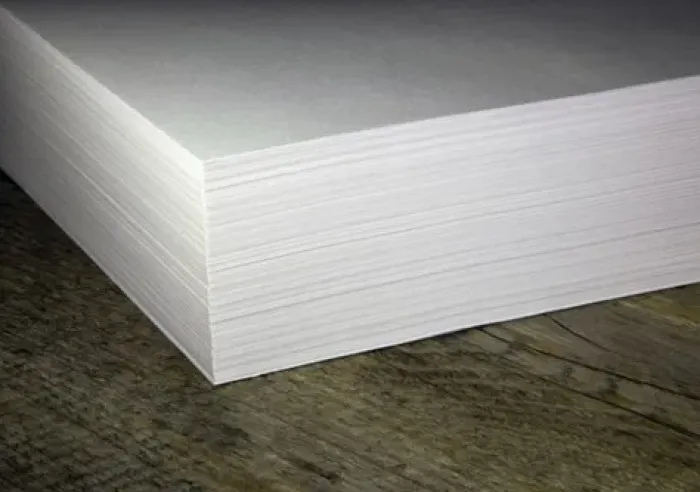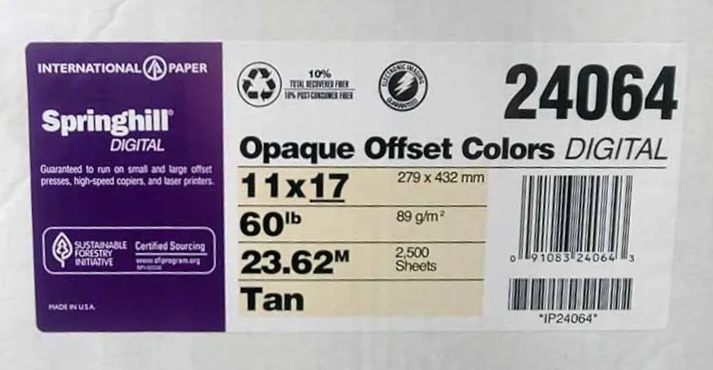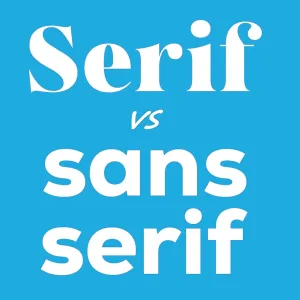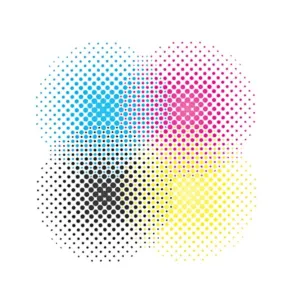Printing Terminology: What is Paper Grain?

estimated reading time: 3 minutes
Paper Grain Direction Explained
The vast majority of paper stocks are created from wood that
has been harvested from coniferous trees. Paper mills extract the fibers from
the wood using mechanical and chemical processes to create a watery pulp
mixture.

The pulp is then placed on a mesh conveyor that starts to remove
moisture from the pulp as it travels toward additional drying and rolling
operations.
As the soggy pulp flows across the mesh, the majority of the
wood fibers will orient themselves to match the direction of travel. This
alignment of wood fibers is what gives paper a directional grain.
Grain of Paper: Why do we care about its Direction?
You probably never gave the grain of paper much thought but
it is important for your printer to be mindful of a paper stock's grain. This is
because the grain direction can affect the function and appearance of certain print
projects.
For example, any project that gets folded will have a smoother
fold line if the crease is made along the grain instead of against the grain. So
your printer will always try to orient a print project so that any folds or
score lines are parallel to the grain.
The same logic holds true for bookbinding. The cover and
pages of books should be bound so that the spine travels in the same direction as the
grain. This increases the functionality of the book by allowing the cover and pages to turn smoothly and with less resistance.
Paper Grain: Short vs Long
Paper is manufactured in large rolls. Some of the rolls are then
cut up into various sizes of flat sheets. These flat sheets are sold to commercial
printers for use in their sheet-fed presses. Smaller paper sizes are also cut
and packaged for consumer use.
Because the paper mill cuts some sheets parallel to the grain
of the roll and cuts other sheets across the grain of the roll, the mill must
notate the grain direction on the paper's packaging.
The paper will be marked as "grain long" or "long grain" if
the wood fibers are aligned parallel to the longer dimension of the sheet. Similarly,
the paper will be marked as "grain short" or "short grain" if the wood fibers
are aligned parallel to the shorter dimension of the sheet.
For example, if 11" x 17" sheets are cut from the roll so
that the grain runs parallel to the 17" dimension, the paper will be marked as "grain
long" or "long grain". This is because the 17" dimension is the longer of the
paper's two dimensions.
Likewise, if 11" x 17" sheets are cut from the roll so that
the grain runs parallel to the 11" dimension, the paper will be marked as
"grain short" or "short grain". This is because the 11" dimension is the shorter
of the paper's two dimensions.

Sometimes, on the packaging or label that shows the size of the paper, the paper mill will underline one of the two dimensions (refer to image of paper label). One of the sizes might be underlined in addition to, or instead of, using the "grain long" or "grain short" designations. As you have likely figured out, the underlined dimension is the one parallel to the grain.
Color Vision Printing can assist with just about any printing
need you may have. In addition to having excellent prices for book printing,
full color printing, and laminated printing, we also offer mail fulfillment services.
Give us a call at 800-543-6299 to discuss your next print project. Or, use our easy Quote Request form to submit your project's specifications for a custom quote.
As always, we hope to hear from
you soon and look forward to assisting with your printing needs!
Related Articles

Serif vs Sans Serif Fonts: Which to use for a Print Project?
Read This Article

Raster vs Vector Images: The Key Differences Explained
Read This Article

Custom Book Printing: What is Wire-O Binding?
Read This Article

Commercial Printing: What does “Halftone” mean?
Read This Article